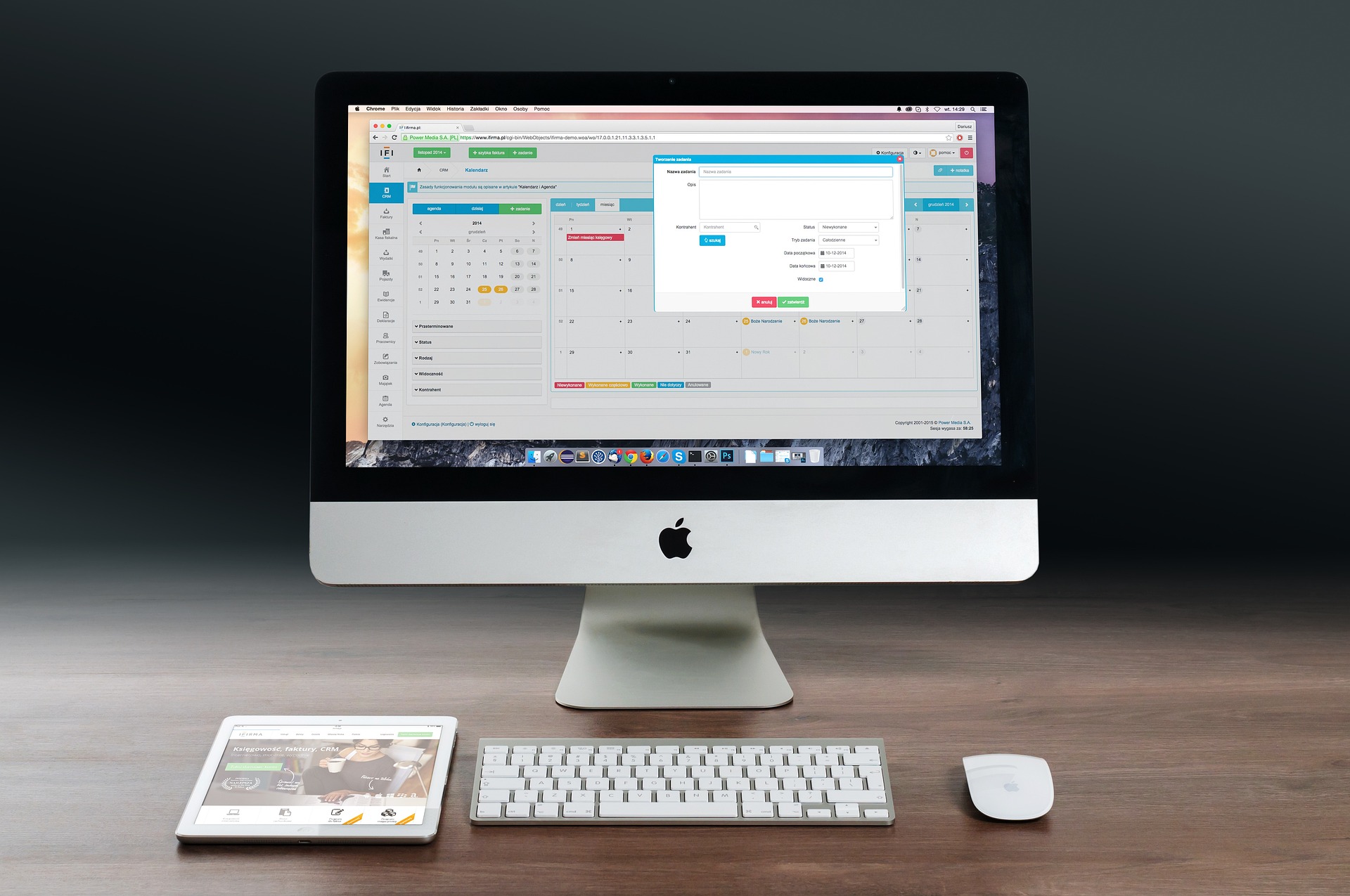How to Make Emergency Response Training Interesting and Effective

Unfortunately, training modules and meetings outside the immediate scope of a current project or task can often be dismissed, or even dreaded, by team members. Meetings and emails that cover seemingly inessential topics — like keeping the office kitchen clean, an upcoming coffee morning, or emergency response training — can sometimes be perceived as ‘meeting or content overload.’ Some team members may even think, in frustration, that ‘this doesn’t apply to me.’
This is an unfortunate misconception, however, as emergency response training is incredibly important and should be prioritized by everyone.
What Is Emergency Response Training?
Emergency response training can be offered regularly or on an as-needed frequency. In office buildings, it’s advised that emergency response training is held at least once a year. Topics usually include types of emergencies, how to prepare for an emergency, emergency response tools, and evacuation procedures.
Some employers develop their own emergency training and use internal professionals, like safety officers, to host them. Others may connect with an external training team to navigate the sessions.
In 2022, the average employee attended at least eight meetings per week and received approximately 121 emails per day. With such content overload, making your employee safety training interesting (i.e., not stultifying and tedious) is integral to information retention.
If you’ve opted to host a training session in-house, here are some ways to make it captivate your team.
Hold Interactive Demonstrations
If your office’s emergency response plan utilizes tangible response tools, host an interactive demonstration. For example, if you have an Evacuscape emergency evacuation chair — a chair that enables the safe evacuation of persons with mobility challenges from buildings with stairs — show team members how to prepare the chair, and how to use it.
Not only does working with tangible tools keep employees engaged during the training session, but they’ll also know how to seamlessly deploy emergency tools should the need arise.
Apply to All Learning Styles
People respond differently to various learning styles. For example, some employees will retain information better if it is delivered with visual aids, while others prefer to listen to content; some will lean towards reading and consuming quietly.
Offer emergency response training in a style that will appeal to all types of learners, with a short assessment at the end to show the information has been absorbed successfully.
- For Visual Learners: In-person training sessions with interactive demonstrations work well. Graphics and videos can also be used during the presentation.
- For Auditory Learners: These employees will also thrive in an in-person training environment where the information is presented; make sure much of it is delivered through speech.
- For Those Who Prefer Text: These team members can attend in-person training; however, they may benefit from a printed booklet to work through in sync or afterward.
Breakout Sessions
Break your team members up into small groups and give them an emergency scenario — like a fire, power outage, or public safety threat — and ask them to list the steps they’d take throughout. Have them present their response to the rest of the team for constructive feedback.
Working through a hypothetical emergency will give team members true insight into how they would personally respond in case of the real deal, allowing them to troubleshoot any hiccups that may arise.
Ask for Feedback
Post-training, ask for feedback. Not only will this let you see how successful and enjoyable your training session was, but it will also make your team members feel seen and valued.
Take Away
Emergency response training is vital. Take any opportunity that presents itself to train your team members on how to react in the event of an emergency. It’s the smart, safe, and ethical thing to do as a good employer.





